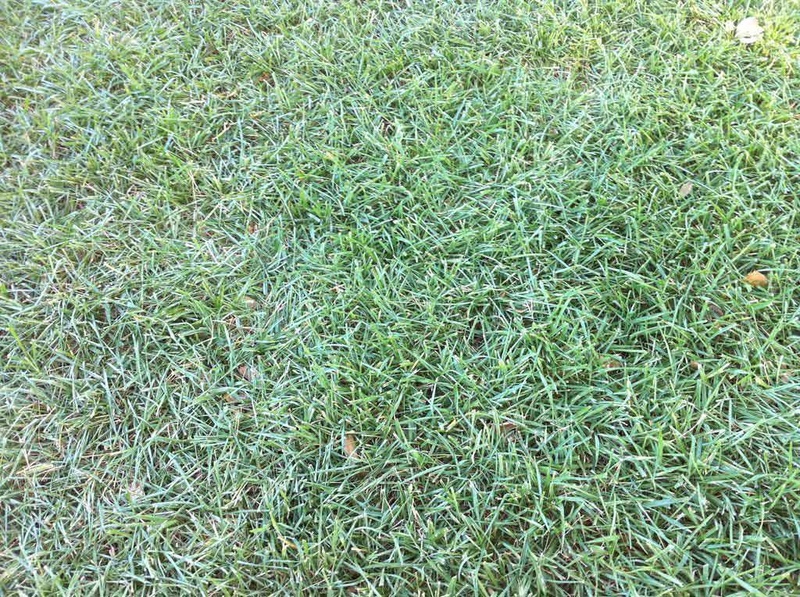
4 Signs of Drought Stress in Your Lawn
There are 4 major stages in St. Augustine’s decline when affected by Drought Stress. The earlier “indicators” can alert you to minor problems before they become major ones. If possible, always check your lawn in the heat of the day or the early afternoon, as the morning dew may cause many false negatives. Be on the look out for these signs that your turf is too dry:
Blade Folding
St. Augustine leaves have a midvein that acts as a “spine” for each individual blade, allowing it to open and close as needed. Healthy, well-watered grass will appear almost completely flat and totally open. When grass begins to dry out, the blade will close in half upon itself, to reduce its surface area to the sun and thus conserve water. This will also give the grass a “hazy” look, as the backs of the blades are not as deep a green as the enclosed fronts.
Slow “Spring Back”
Although St. Augustine does not work well in heavy traffic areas, healthy turf should return itself to the upright position within 5 seconds of being walked upon. If your footprints last more than 10 -15 seconds in the turf, this is the second sign of drought stress.
Mower Tracks
When a St. Augustine lawn is poorly watered, sometimes brown streaks are visible 3 – 5 days after mowing. The drought-stressed turf has less resilience, and the weight of the mower tires literally breaks the blades at the stolons, which in turn slowly die within a few days, leaving brown streaks across the turf matching the mowing pattern.
Audible Cruching
One of the later signs in drought stress is an audible “crunch” when the turf is stepped on. Grass may still be green when this happens, so it may not be noticeable by just looking at it. Turf with ample water is softer and cushions better, but drier grass will crunch and crackle as it’s stepped on.
The next phases of Drought Stress are browning-out, thinning, and death of the turf. It is important to adhere to local and state regulations regarding watering, but it is also important to remember your turf is not a camel – it needs frequent waterings, even in cooler months, to maintain a healthy appearance and reduce the likelihood of insect and weed infestations.
Well-watered turf also produces deeper roots, which are better protected from our famous winter frosts and freezes. Drought-stressed turf produces shallow roots which are too close to the surface to survive these extreme temperatures.